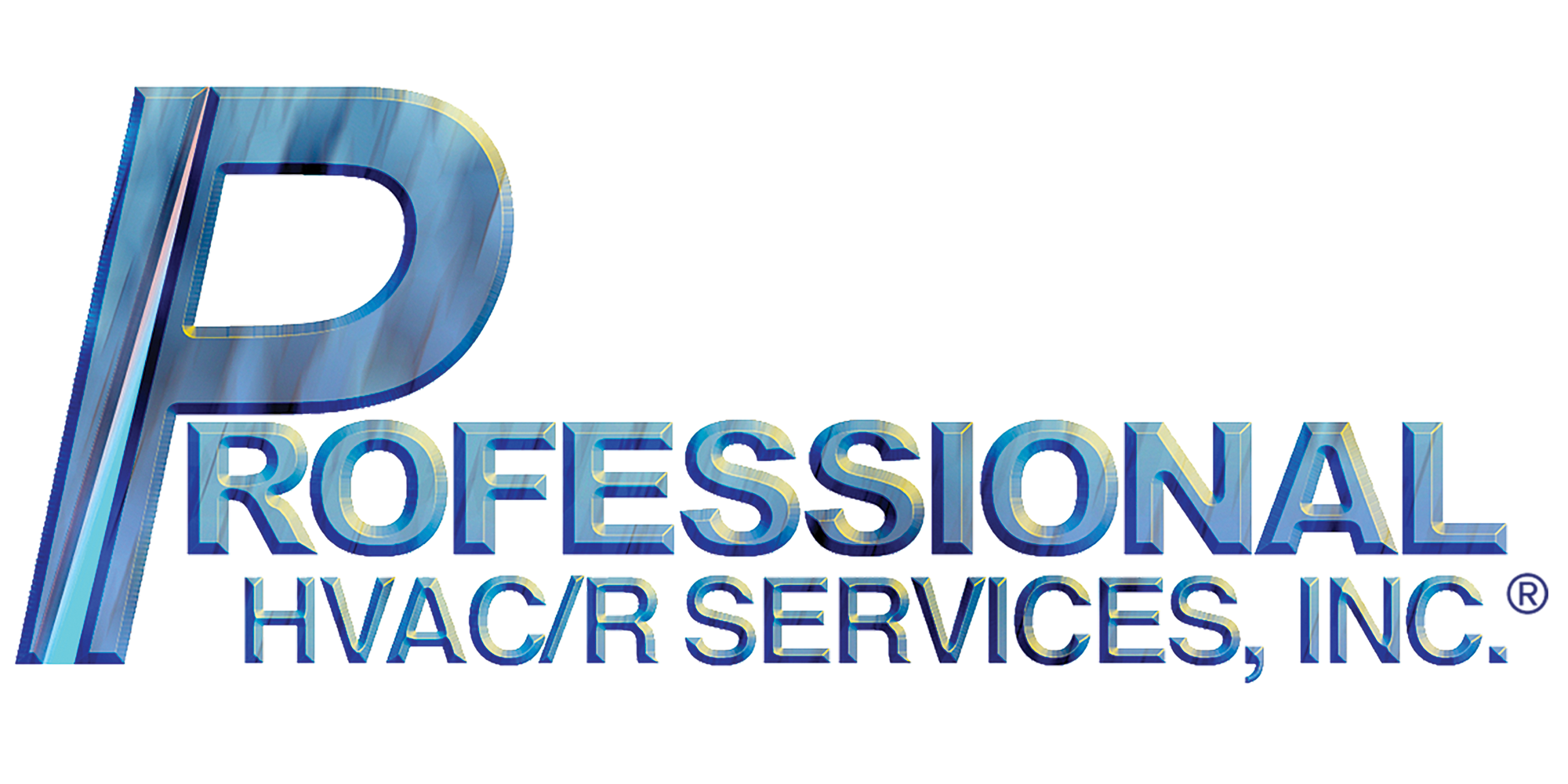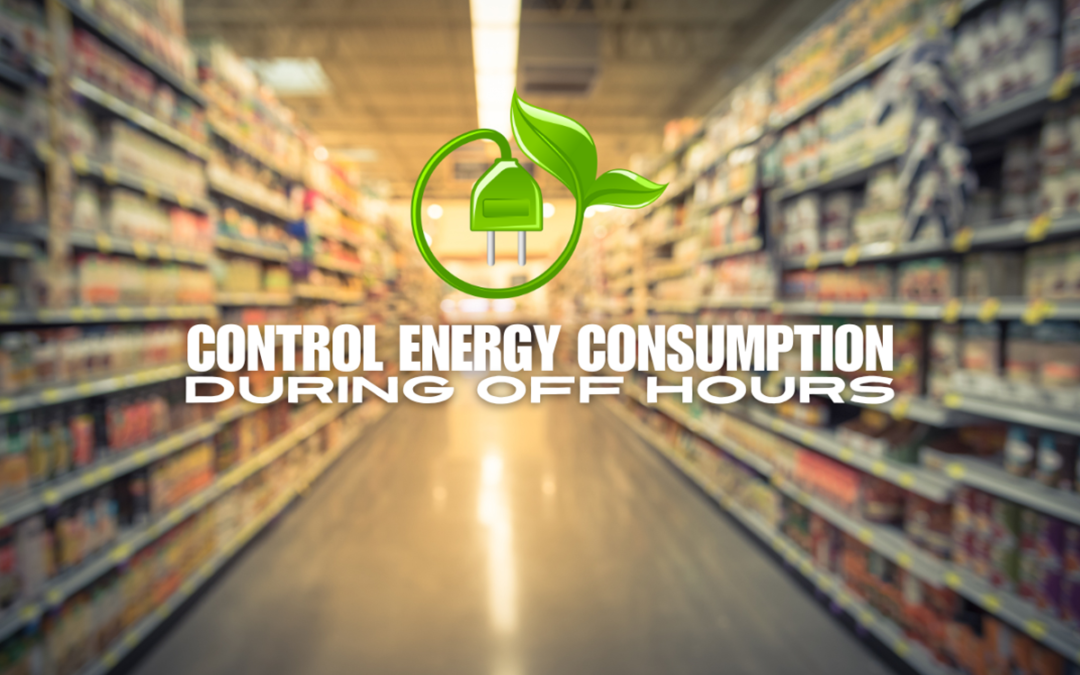When it comes to energy consumption in grocery stores, two of the biggest contributors are lighting and — you guessed it — refrigeration. In fact, in the average supermarket, they account for more than 50% of the total energy use, and as demands rise, so will these statistics.
With this in mind, more grocery stores are investing in energy-efficient lighting and refrigeration solutions. While LED lights and plug-in commercial refrigerators provide a solid foundation for these efforts, there are also the variable conditions of the store to consider. There will be peak hours where the store is filled with shoppers, and after-hours where there are no shoppers.
In this blog post, we’ll focus on how you can minimize energy consumption in grocery stores after stores are closed without causing any delays or disruptions to daily operations.
Managing Energy Consumption in Grocery Stores After-Hours
After a grocery store closes for business, there is often a lengthy to-do list for staff on-site. Among these tasks — turn off lights inside and outside the store, shut off the HVAC system, turn off the destratification fans used for ventilation. Leaning on manual efforts for these items can create frustrations, from the extra time it keeps employees on the floor to the room-for-error.
Thanks to products like the E2 controller from Emerson, this process is significantly streamlined. Instead of having staff manage HVAC, lighting and refrigeration systems at the end of the night, a schedule can be programmed into the controller and the shut-off services can be automated. With full energy system management capabilities, grocery stores can have the information they need to keep energy costs low, easily making adjustments to the schedule as needed.
While on the topic of energy consumption in grocery stores, it’s also worth noting that in the case of HVAC systems, turning off the system altogether is not always the best option. That’s because when you completely shut off the system, it will have to run extra time to get back into occupied time specifications. This reboot can cause the system to have to work harder and also create a less comfortable experience for those shoppers who arrive at the store early.
With an automated setback like the E2 and a variable frequency drive (VFD) that adjusts the speed of the HVAC fan or pump motor based on demand, grocery stores can avoid a complete shut off of the system. The system will use less energy, and its life span will be prolonged.
At Pro HVAC/R, we have years of experience helping retailers integrate the latest energy-efficient technologies into their refrigeration systems. To learn more about how we can help your store save on energy usage and keep customers coming back, contact us today.

